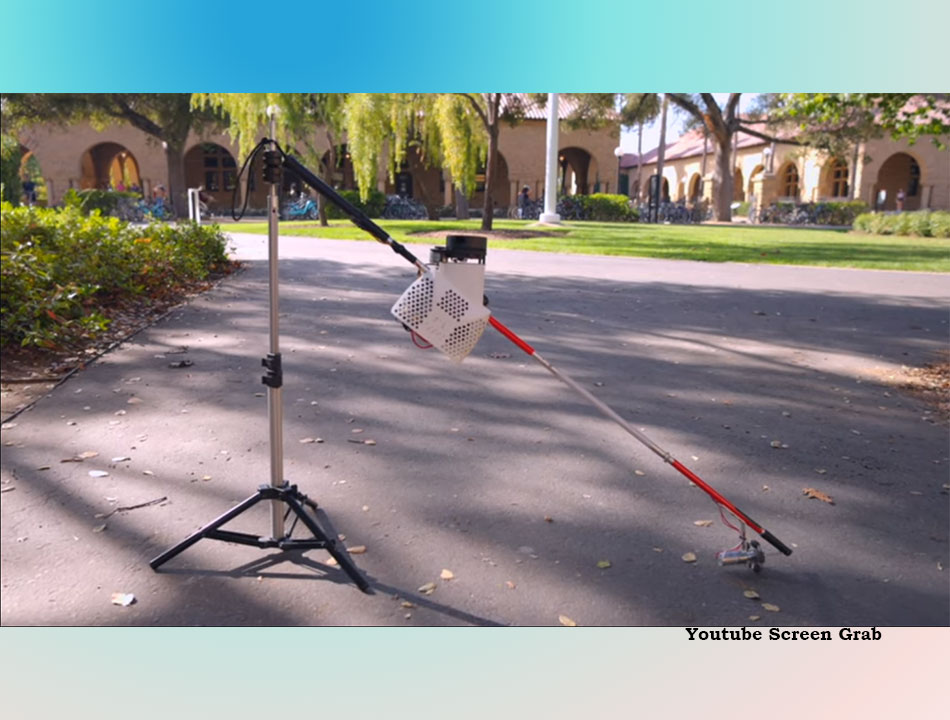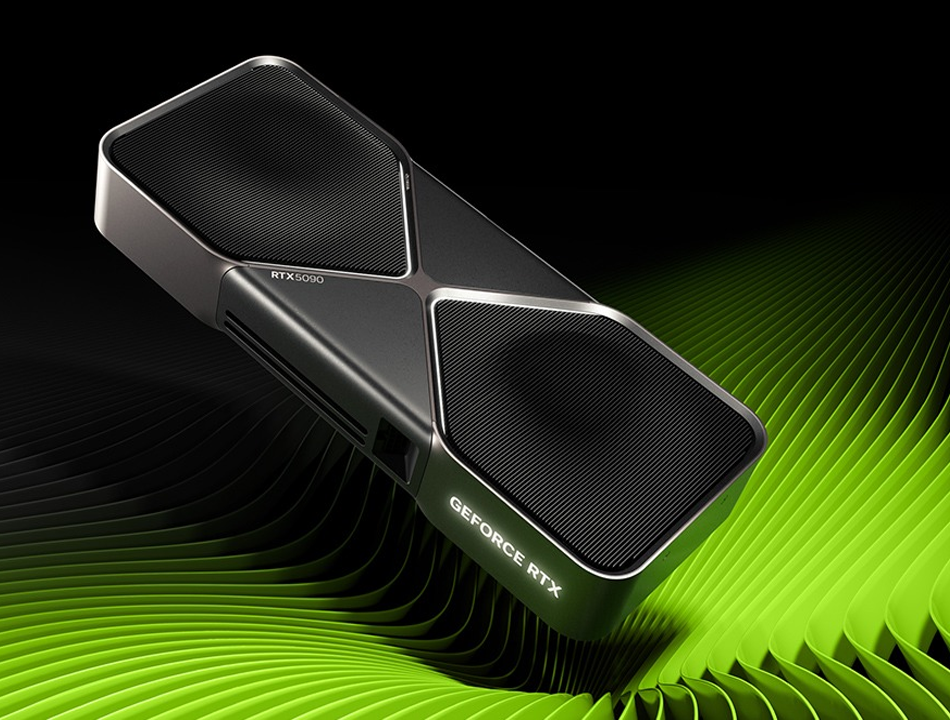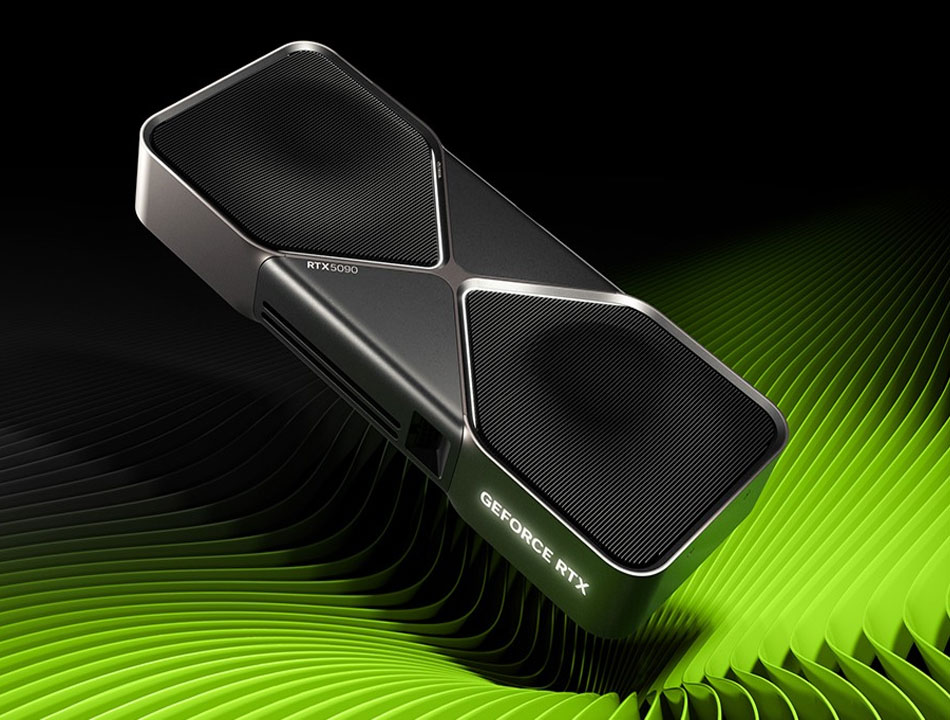
For $400, Stanford University researchers created a self-navigating smart cane. The cane, which integrates sensing and way-finding methods from robots and self-driving vehicles, might change life for individuals who are blind or vision-impaired, according to the researchers.
Researchers at Stanford have built a Self-Navigating Smart cane for 400 US dollars. According to the researchers, the cane incorporates sensing and way-finding approaches from robotics and self-driving vehicles could reshape life for people who are blind or sight-impaired.
For a long time, the white cane has been a basic yet essential tool for assisting persons with vision impairments in navigating the world. Stanford University researchers have developed a low-cost robotic cane that securely and effectively navigates persons with visual impairments around their settings.
The augmented cane was created by the study team using capabilities from autonomous cars to assist individuals to detect and identify impediments, navigate effortlessly past such items, and follow routes both indoors and out.
The smart cane isn't the first of its kind. Sensor canes for research are heavy and costly, weighing up to 50 pounds and costing approximately $6,000. Sensor canes on the market now are technologically restricted, sensing items solely in front of the user. However, the $400 augmented cane features cutting-edge sensors, weighs only 3 pounds, and can be made at home using off-the-shelf hardware and open-source software.
A LIDAR sensor is included inside the enhanced cane. LIDAR is a laser-based technology that calculates the distance to adjacent objects and is utilised in certain self-driving automobiles and aeroplanes. Additional sensors, similar to those found on smartphones, such as GPS, accelerometers, magnetometers, and gyroscopes, monitor the user's position, speed, and direction. Artificial intelligence-based wayfinding and robotics techniques such as simultaneous localization and mapping (SLAM) and Visual Servoing – guiding the user toward an item in an image — are used by the cane to make judgments.
The pièce de résistance — a motorised, omnidirectional wheel that keeps the cane in touch with the ground — is mounted at the tip of the cane. This wheel gently tugs and nudges the person with impaired eyesight left and right around obstructions. The enhanced cane, which comes with built-in GPS and mapping capabilities, can even direct its user to specific destinations.
Real-world tests conducted have also shown positive results. Persons with vision impairments and sighted people who were blindfolded were given the augmented cane by the researchers. They were subsequently given common navigation tasks such as travelling through corridors, avoiding obstacles, and visiting outside destinations.
The test showed that it enhanced the walking speed of participants with impaired vision by around 20% when compared to only using a white cane. The findings were even more striking for sighted persons wearing blindfolds, who increased their speed by more than a third.
The researchers have also open-sourced the project making it accessible to everyone. The project is optimised for easy replication at a nominal cost. Anyone can go download the code, the list of material and electronic schematics, for free. After which they would only need to set up all the hardware components and run the code.
However, the work is not entirely complete, according to the researchers at Stanford. This being merely a prototype a lot more work needs to be done to make it more effective for daily use. The researchers are also looking for partners, to make the design more streamlined and scale-up production making the augmented cane even cheaper.
The team's next steps involve improving their prototype and producing a device that uses an ordinary smartphone as the CPU, an advancement that may increase functionality, expand access to the technology, and lower prices.






